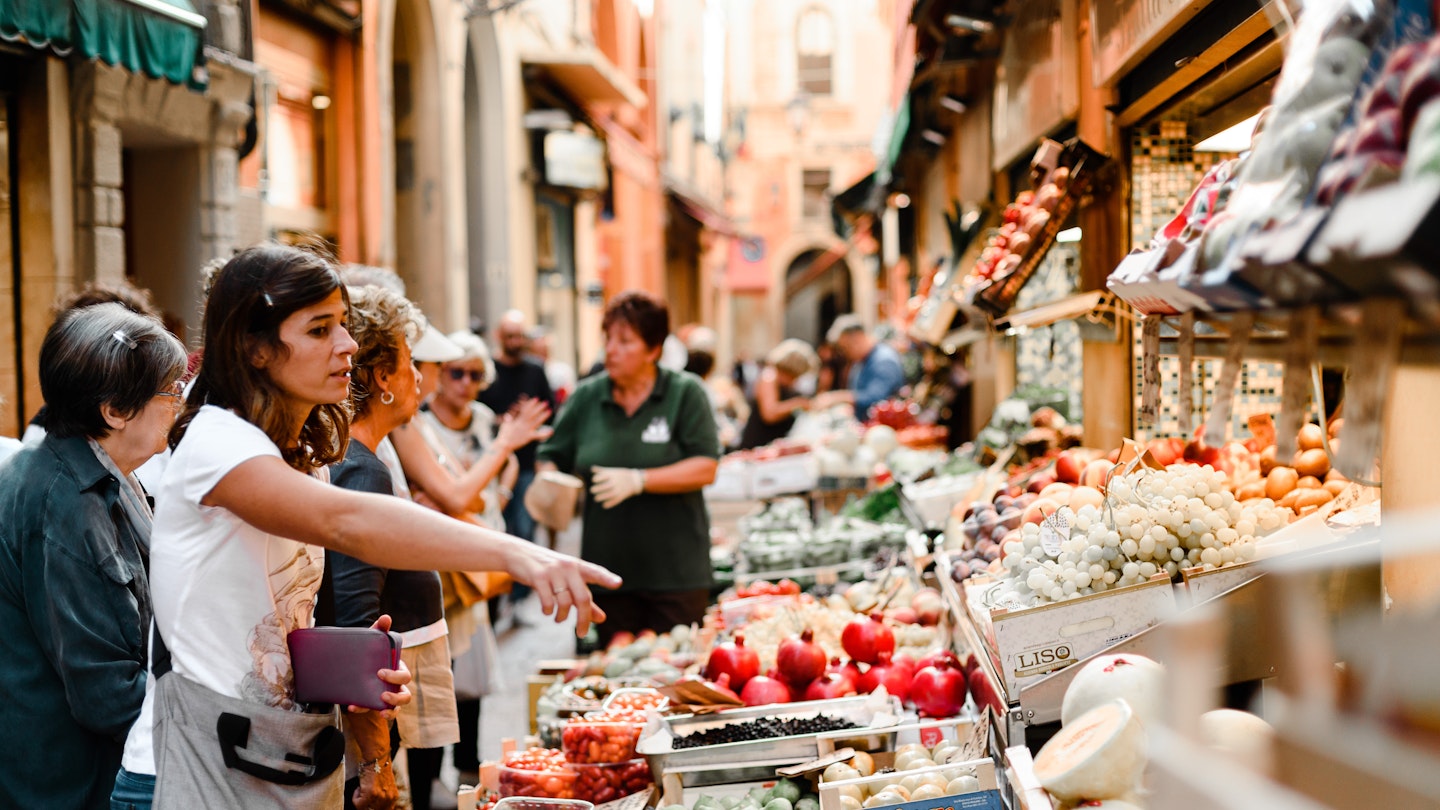How to Shop for Groceries Like a Local in Italy
A stop at the grocery store is a ritual whenever I arrive in and depart from Italy, where I’ve lived on and off for years. My return visits to Sicily always begin with stocking up on the staples: milk, coffee, and pasta. Before leaving, I make sure to stuff my suitcase with specialty items to take back.
I’m not alone in carving out precious time in Italy for a grocery visit. In recent years, videos about Italian supermarkets have racked up millions of views online. Whether you visit an ultra-modern Carrefour or a traditional open-air market, you’ll gain insight into how Italians actually shop, eat, and live. This experience is a cultural immersion of sorts.
Each grocery excursion yields tangible and delicious outcomes, whether you snag miniature ready-to-drink Campari sodas or high-quality, low-cost slices of prosciutto crudo. Any visit to an alimentari, outdoor market, or even a street-corner vendor will provide you with a genuine taste of Italy’s defining cuisine.

Types of Italian Supermarkets and Grocery Shops
Options for Italian food shopping fall under several categories, differentiated by size, scope, and quality.
- Supermarket Chains: These include major European and Italian chains like Conad, Lidl, and Carrefour. They sell a wide array of products from meats, breads, and frozen foods to toiletries.
- Specialty Shops: For specific foods, visiting specialty shops is ideal. These include macelleria (butcher), pasticceria (pastry shop), panetteria (baker), enoteca (wine shop), and pescheria (fish market).
- Locally Owned Alimentari: These grocery stores offer a smaller, curated selection of goods, providing a personal touch to shopping.
- Outdoor Food Markets: Lively markets focus on seasonal and regional products. Prices vary by vendor, so it’s recommended to browse before making a purchase.
How Italians Typically Shop for Grocery Items
Italians prioritize ultra-fresh ingredients and often take great care when shopping. A vivid example of this is evident when a Sicilian man orders bread using a plastic bucket attached to a rope—a creative method that ensures he receives the freshest loaf while avoiding long lines.

The Italian Produce You’ll Want to Stock Up On
Pastas of All Shapes and Sizes
When walking through the pasta aisle, you will find numerous shapes and colorful names beyond spaghetti. Artisanal pasta is a fantastic, budget-friendly souvenir to take home.
Salumi
Italy’s cured meats, known as salumi, are a must-try. A selection of prosciutto, bresaola, and coppa will elevate any dish.
Sweet Treats
Stock your pantry with unique Italian sweets such as gelato and tiramisù. For a sweet and energizing snack, consider Pocket Coffee chocolates filled with espresso.
Pistachio Cream and Other Regional Specialties
Pistachio cream is a beloved treat from Sicily, and it makes for an indulgent addition to cookies or straight from the jar.

Tips for Shopping in Italian Food Shops
Shopping Etiquette
When shopping for produce, Italians weigh items before checking out, receiving a sticker with the price for the cashier. Remember to bring your own bag, although many stores offer them for purchase.
Best Times to Shop
Plan your market visit as early as possible to ensure maximum freshness and avoid crowds. Generally, the earlier you go, the better your shopping experience will be.
Payment Methods
Most supermarkets accept cards, but keeping cash handy is advisable, especially in smaller towns. Vendors prefer cash for small purchases, so having coins will prove beneficial.





